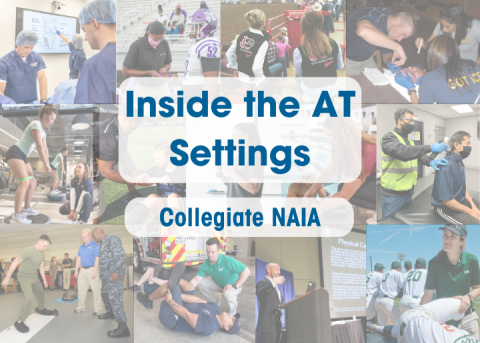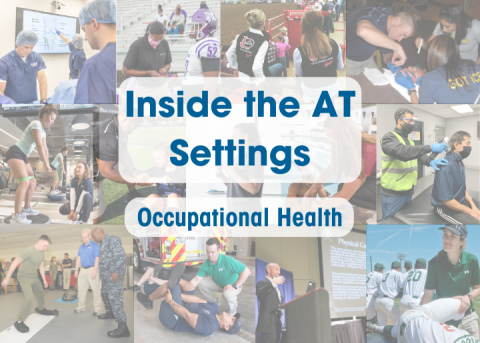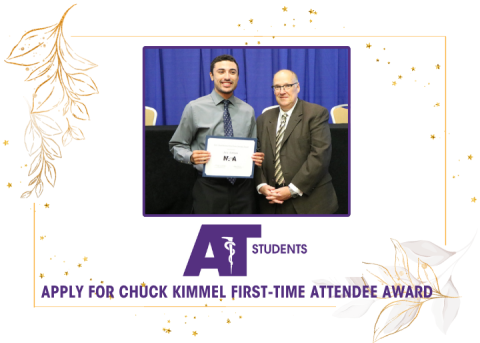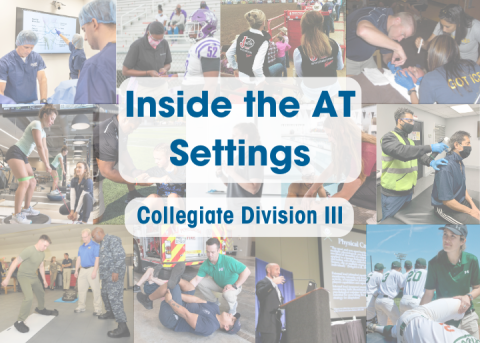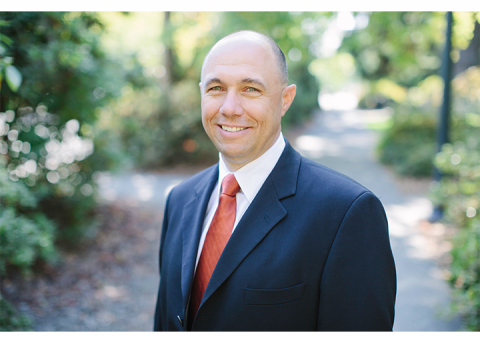
It’s an unprecedented time during the COVID-19 pandemic with states around the country shutting down in hopes of stopping the spread of the virus. People are advised throughout the U.S. to stay home, with many health care professionals stating, “I stay at work for you; you stay at home for us.”
Athletic trainers are eager to help in whatever capacity they can. Some ATs are on the frontline at testing locations, while others are working on the structure of how their cities can best handle the situation.
Mark Hoffman, PhD, AT, FNATA, associate professor at Oregon State University, is a volunteer firefighter and EMT at the Adair Rural Fire & Rescue Department in Adair Village, Oregon. He’s been there for 18 months and was recently enlisted as the Adair Rural Fire & Rescue liaison to the Benton County Emergency Operating Center (EOC) for COVID-19, which the county set up as a preventative measure against the virus. The chief of the fire department felt that Hoffman would be best suited for this position because of his background as an AT, EMT and professor in the College of Public Health and Human Sciences at Oregon State University.
“[The liaisons to the EOC] talk about emergency procedures, emergency locations for drop-off supplies, potential testing locations, anything for emergency action plan as well as monitoring and ordering personal protective equipment supplies for [the volunteer] department,” Hoffman said.
The liaison group, which was created the week of March 16, has worked strictly through electronic communication with the goal to put an infrastructure in place for the county. The EOC reached out to the surrounding fire departments for these liaison positions. There are currently four liaisons to the EOC from the departments; however, the EOC is a countywide effort that includes public health professionals.
“We are in the Northwest, so we are in an area of high concern,” Hoffman said. “Oregon, as a state, has been relatively quiet except for one county. Fortunately, our county has had a limited number of cases, but we expect that will increase as the virus spreads.”
When, or if, the coronavirus continues to spread in the county, Hoffman and the rest of the liaisons have begun creating a plan as to how EMS providers will go about working with the risk of contracting COVID-19.
“We’ve established how to manage on-scene patient care for any EMS call related to an illness,” Hoffman said. “[We are working on] determining how many personnel enter a residence. We are doing some basic triage at the door before entering a residence. A lot of our work and discussion in the department has been how to limit individuals exposed to a patient potentially infected with the virus.”
The EOC also works on updating the incident action plans every five days because the circumstances are ever-changing. It is then up to the liaisons to relay the information to personnel so everyone in the county is working on the same plan.
With each day passing, more cases and more health care providers are working around the clock to prevent the pandemic of spreading. Athletic trainers have started a conversation on Gather discussing the intersection of athletic training and public health with ATs sharing their personal experiences.
If you are an #ATsinAction member during COVID-19, submit your photos along with some brief information on the NATA website so we can share your story with other members as well as the public.
“This is an opportunity for the athletic trainer to be very upfront and present as a health care provider,” Hoffman said. “Most importantly, help with the work that needs to be done, but also increase the visibility of the profession as health care providers.”

